From intimate spaces like our homes to public urban areas, the environment surrounding us has a big effect on our well-being. Recent turbulent years have rapidly changed our views about what we expect from the built environment in terms of functionality, looks and sustainability.
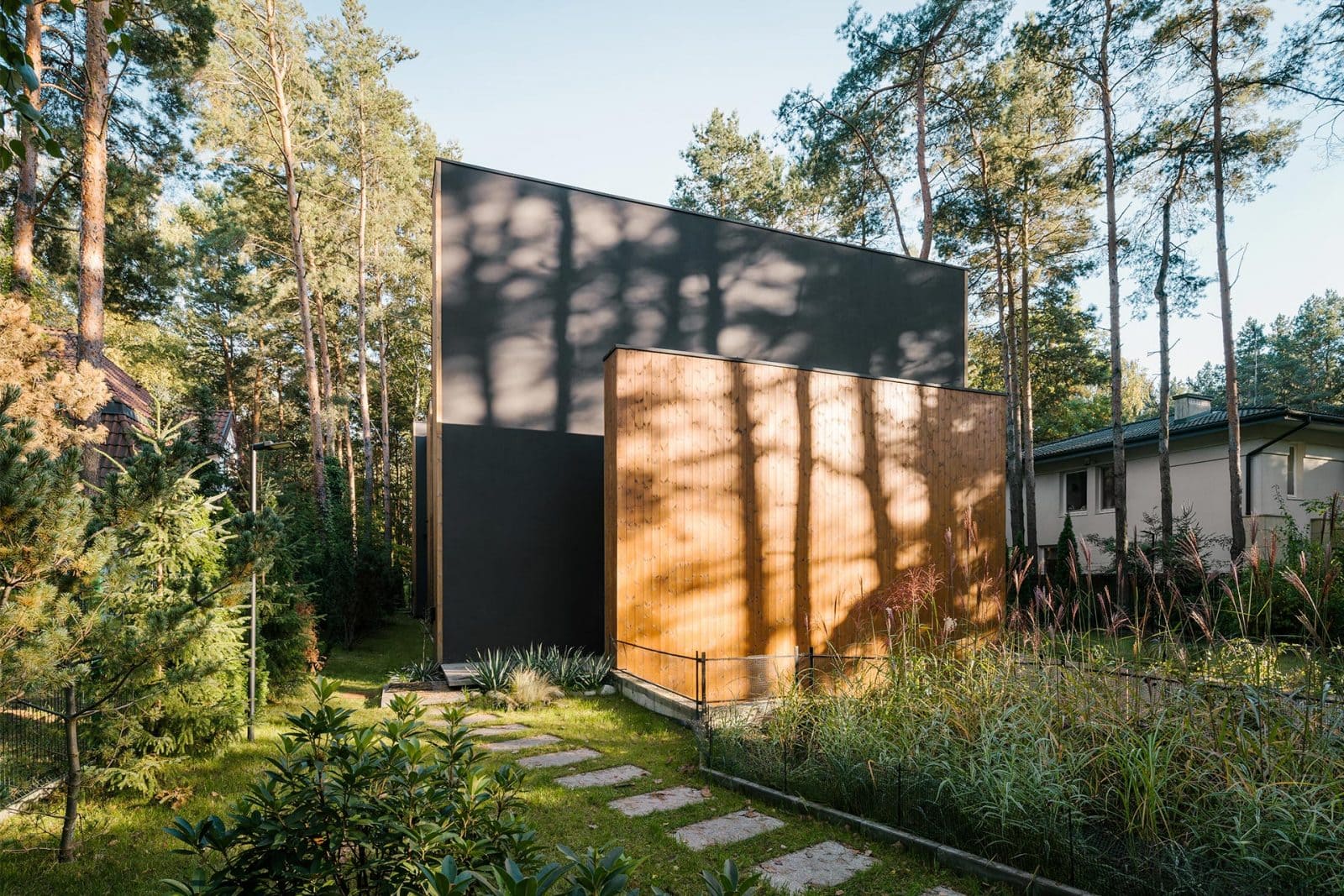
In the recent decade, there has been a huge shift towards living more intentionally and that reflects in the architectural trends for 2023.
Concern about the excessive use of plastics in our surrounding environment or how to reduce the construction sector’s CO2 emissions is more mainstream and affects how we think of the built environment.
Here are the 5 biggest architecture trends we expect to see more of in the next year.
Green architecture and eco-conscious living are architecture trends that are here to stay. Considering the state of the world, sustainable solutions and natural or recycled materials are the only options going forward.
Great architecture is not any more just about how a building looks, but also how it’s made, how efficiently it functions, and what will become of it if it’s not needed anymore.
Climate-neutral buildings are good, but it is necessary that we take it a step further and make our surrounding environment climate positive. Think about how to utilize natural wood, implement water recycling systems, and make the most of light, wind and other natural resources.
The construction industry is still responsible for a big part of global CO2 emissions, and it needs to decline fast. That’s why one strong trend in architecture is to use wood not only for cladding but also for constructing buildings.
Many architects have opted for all wood constructions as timber is less carbon-intensive compared to other structural materials. Timber also offers the option to create prefab or modular constructions that can be assembled on-site, but make the building process faster, smoother, cheaper and better for the environment.
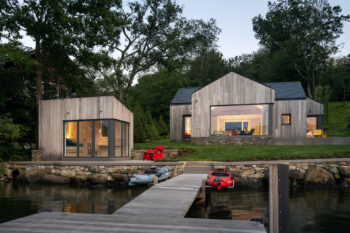
Architects at Opal design buildings exclusively following the Passive House principles. Their fundamental goal is to generate a net-positive effect on the environment, making wood their preferred material.
Space needs to cater for all senses. The textures, smells, and sounds strongly affect how a person feels inside certain rooms and in urban spaces. The easiest way to create this good feeling is to use wood as it ticks many boxes at once.
Wood’s natural texture and colour promote a sense of warmth and comfort. It has good tactile qualities, especially when you opt for brushed wood or mix-and-match profiles to create a 3D effect on an otherwise flat surface.
Wood also has a pleasant smell to it when used in large quantities. Not to mention the acoustic benefits that wood brings to the table.
We are noticing more architecture that is driven by natural light and other biophilic design elements. Outdoor and indoor spaces are becoming more seamlessly connected and intertwined.
To get that indoor-outdoor feeling, many architects blur the line by using the same materials in both spaces, especially wood to bring more natural surfaces into the mix.
The tiny house movement has been around for a long time but living in a space that is under 41 square meters is not viable for all. Still, with the rising living and construction costs many lean towards smaller or at least more energy-efficient homes.
Expect to see more buildings that meet the passive house standards and have a smaller environmental footprint.
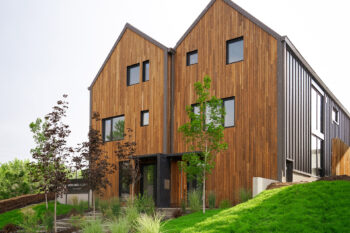
The Englewood Passive House Duplex sets a new standard for high-end low-energy living.
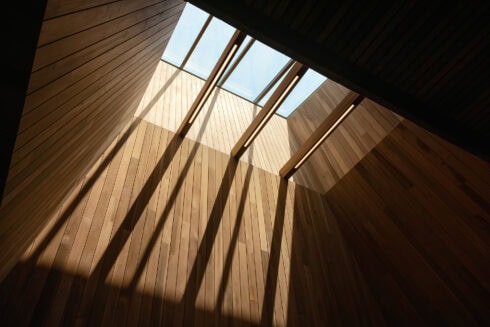
The Thermory Design Awards 2025 once again shine a spotlight on the most inspiring uses of thermally modified wood in architecture and design. This year’s...
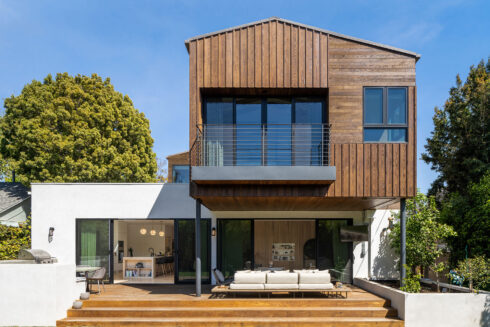
Yes — and you absolutely should. Mixing cladding...
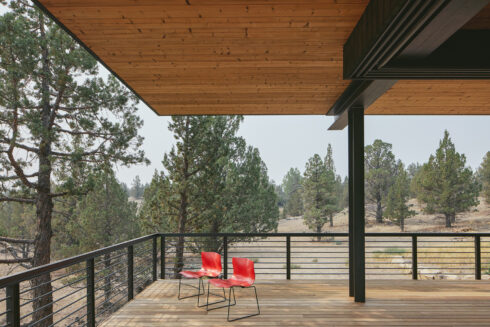
When designing...
...
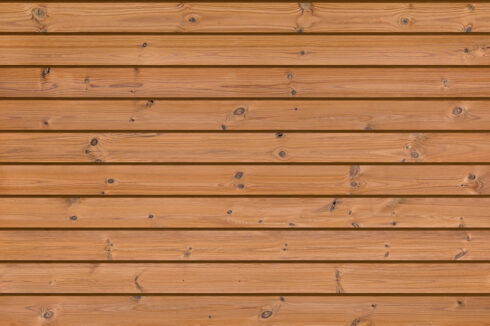
Shiplap cladding...
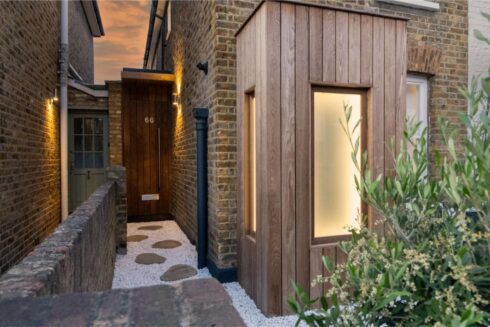
The most...
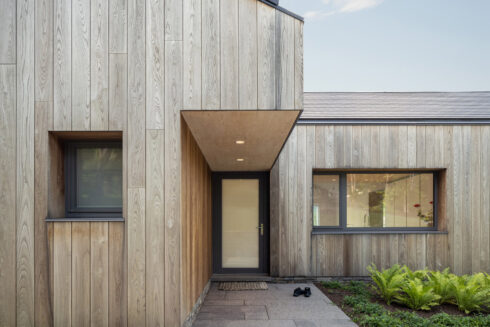
Contemporary...
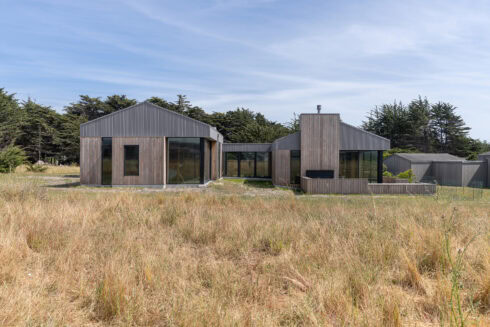
While a wood species’ natural properties play an important role in determining the timber cladding’s durability, they’re only part of the...
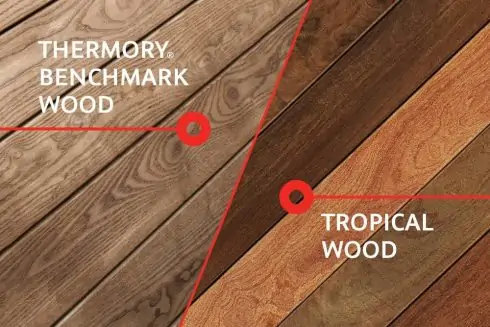
As the construction and design industries evolve, so does the demand for sustainable, high-performance building materials. For over 25 years, Thermory has...
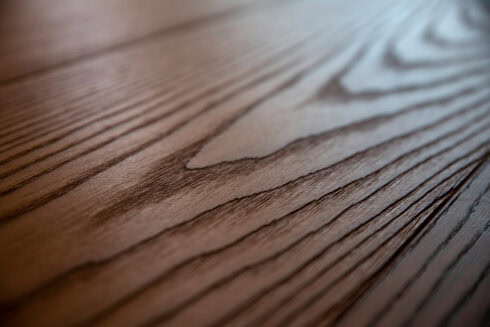
Picture a wood that balances elegance, durability and versatility – a natural material that not only meets your demands but also exceeds your...
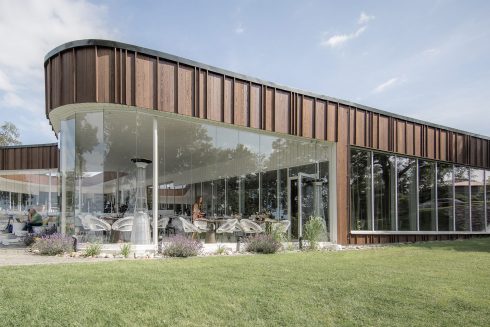
Combining different wood species, finishes and profiles brings variety to any interior or exterior design, delivering a tantalizing injection of texture and...
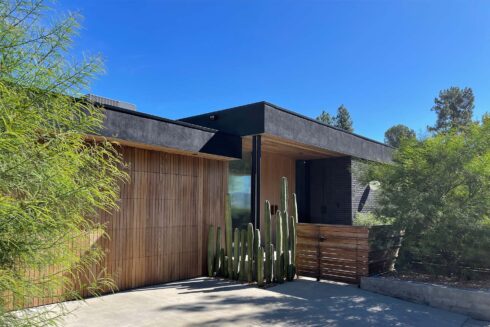
We were curious about the architecture trends and the popularity of timber in Australia, so we asked our down under partner, McCormacks Australia, to tell...
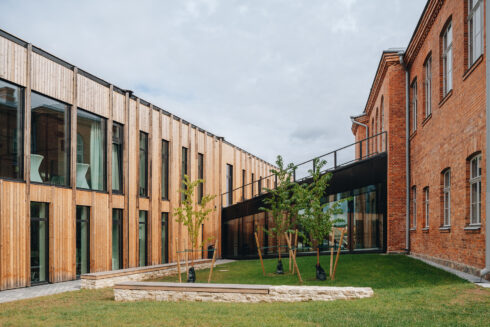
With the EU, US and many other countries aiming to achieve carbon neutrality by 2050, sustainability is not just a construction trend anymore, but it’s...
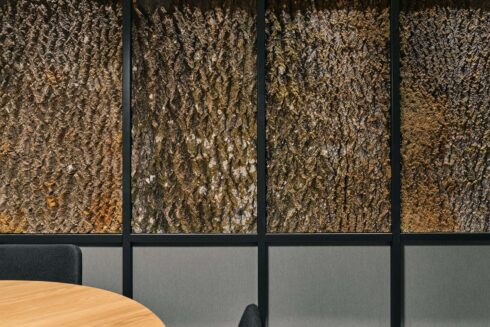
In the quest to shift our world towards more sustainable practices and circular processes, designers are increasingly turning their attention to...
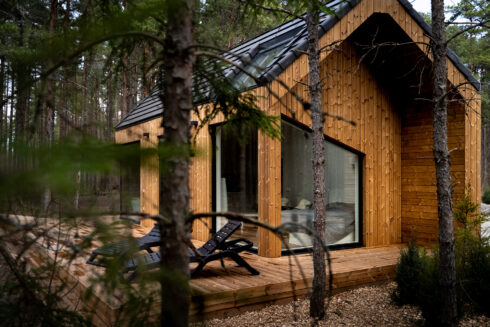
Sometimes, the best place to unwind and get away from it all is a secluded forest cabin in breathtaking surroundings. Find inspiration for your next...
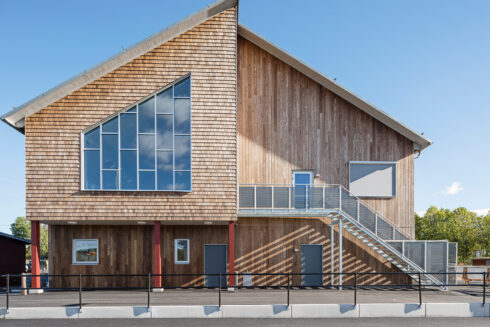
When it comes to designing and constructing educational spaces, choosing the right materials is crucial. There has been a growing trend towards...
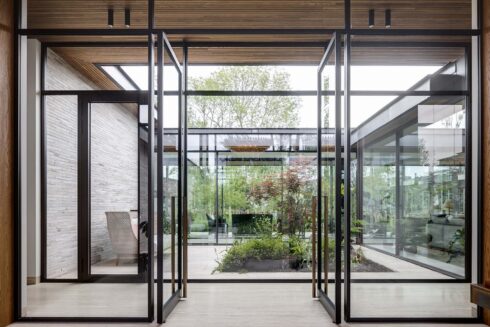
As architects and landscape designers, creating indoor outdoor living spaces that are sustainable and eco-friendly is more important than ever. With a...
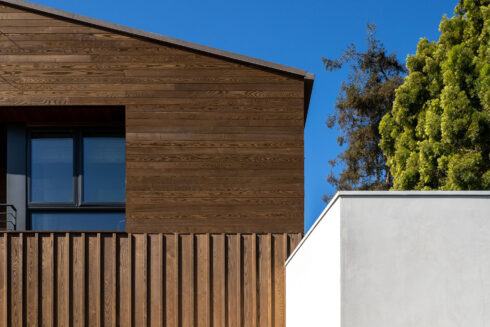
Wood is a highly valuable material and although it grows abundantly, we must treat this natural resource with respect and create value from even the smaller...
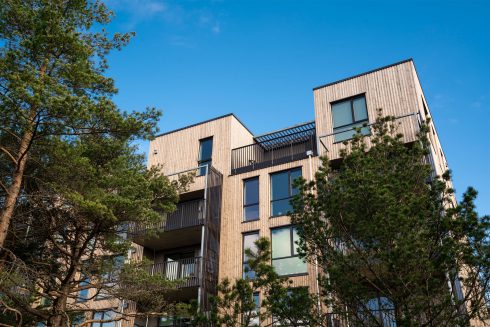
Finding the best solution to clad buildings is important for several reasons – as well as defining the look and feel of your design, it also has a major...
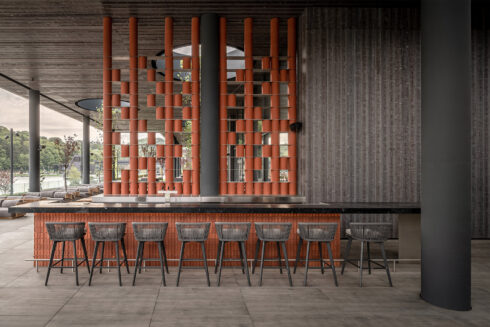
Thermory Design Awards is part of Thermory 25 celebrations for acknowledging and rewarding our...
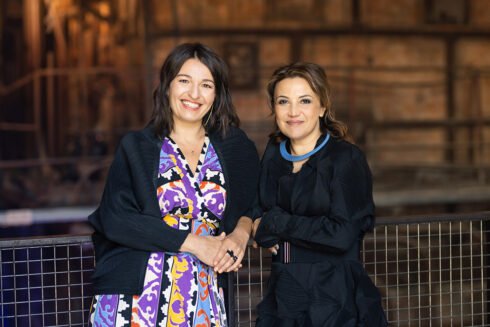
Curators of Tallinn Architecture Biennale 2022 exhibition “Edible ; Or, The Architecture of Metabolism”, Lydia Kallipoliti & Areti...
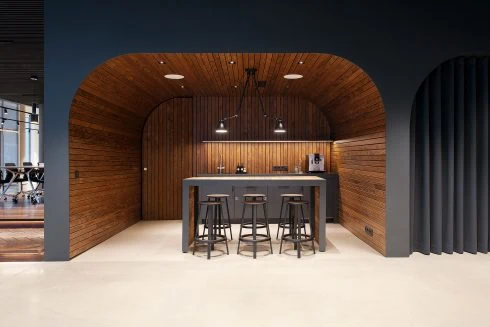
The aim of biophilic design is to create buildings and spaces that enable harmonious, naturally enjoyable experiences for their users by promoting the...
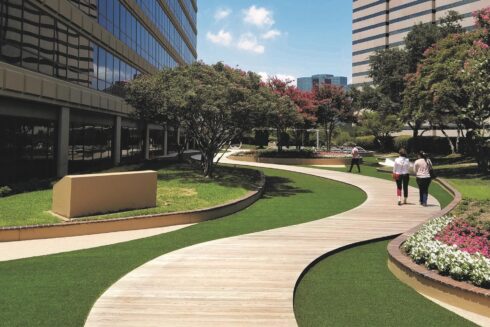
The purpose of biophilic design is to create spaces that deliver benefits for both human health and the environment by nurturing people’s innate affinity...
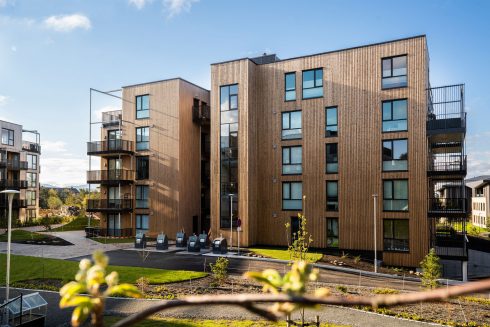
Natural wood can be used in many different ways. The beauty and versatility make wood unequalled building material. As both an interior and exterior design...
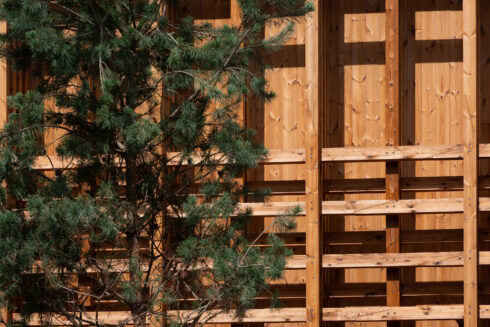
When it comes to...
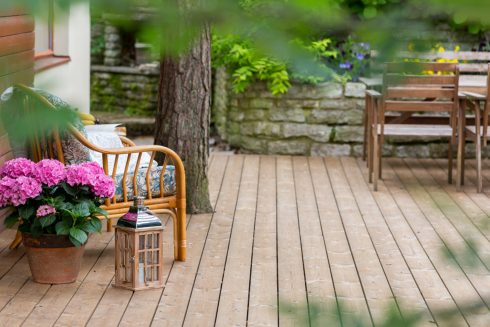
Home is where the heart is – a place where the whole family can feel safe and warm. The building materials you choose should enhance this feeling and...
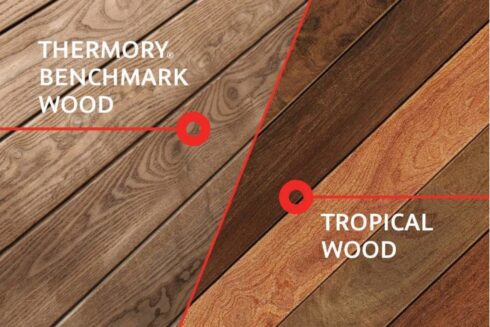
For decades, tropical hardwoods have been prized for their density, durability, and rich appearance. But their popularity comes at a high cost. Many of...
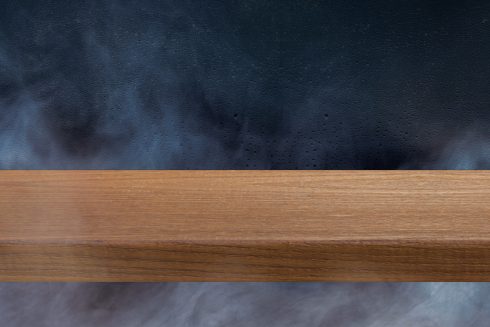
Thermally modified wood, often referred to as thermowood, is real wood enhanced using only heat and steam to improve its durability, dimensional stability,...
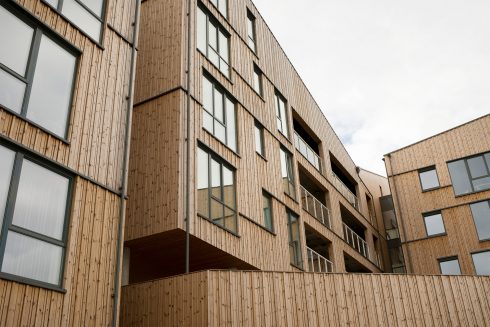
Thermally modified wood offers a unique combination of beauty, durability, and versatility. If you’re searching for fresh exterior cladding ideas,...
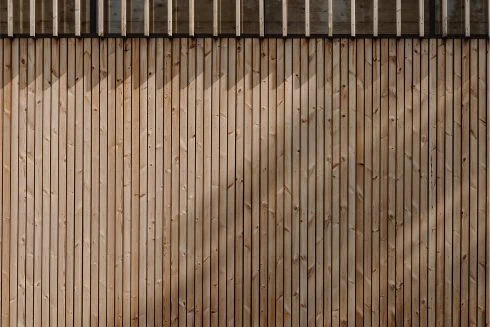
With rising concerns about climate change, the world community’s responsibility to reduce our carbon footprint rests with each and every individual and...
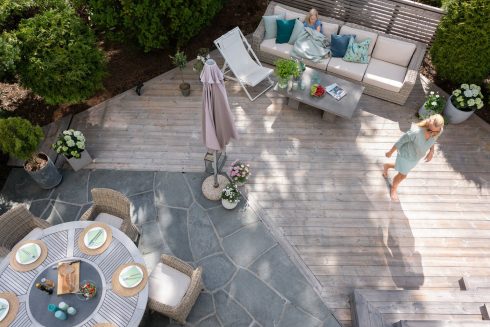
Wood is a natural material – and that’s part of its magic. Over time, its appearance changes, especially when exposed to the elements. Thermory’s...
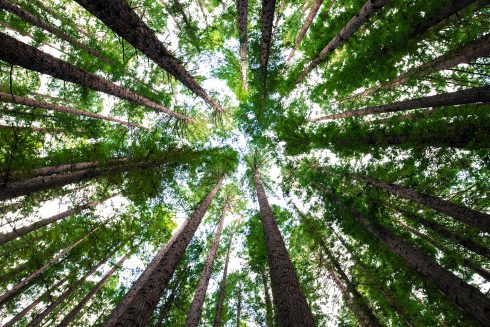
Great design is more than just aesthetics—it’s about how a space makes you feel. Increasingly, research confirms what many have intuitively known: wood...
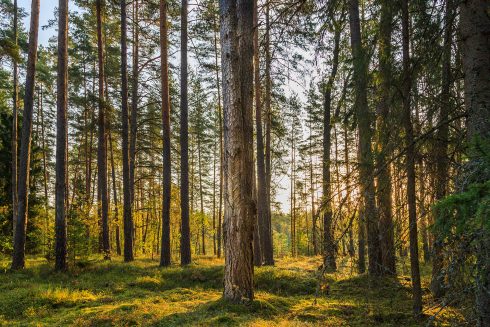
Ensuring the highest quality with the smallest possible ecological footprint and responsible use of resources are all principles that we consider important...
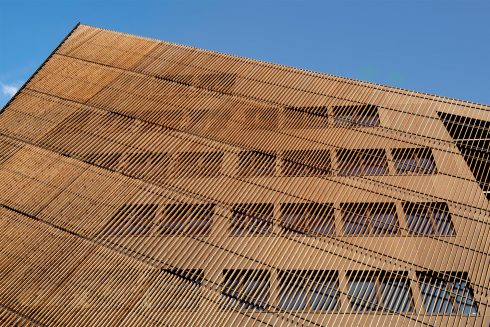
Throughout the history of architecture, surely no other material has been as influential as wood. It’s rare to see a building that’s been produced...
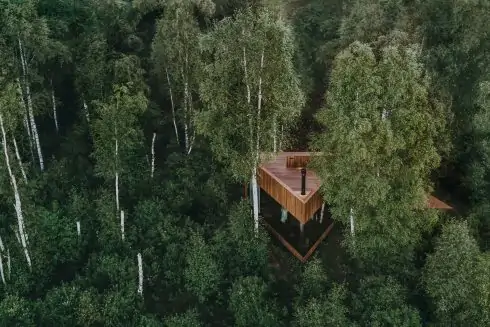
A trend is taking root in the worlds of architecture and interior design based on using natural materials and living plants to better...
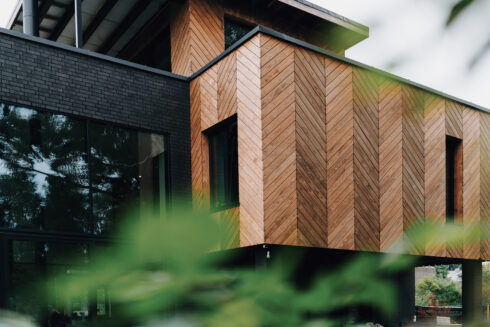
If you’re considering which wood types to use for a renovation or construction project, there are several considerations that may influence your decision...
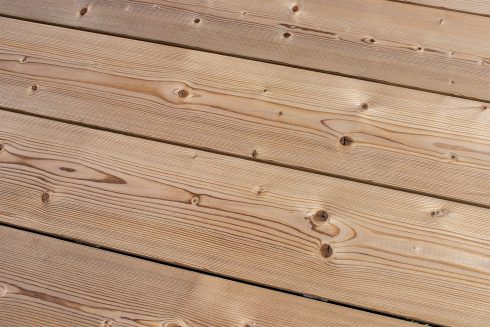
The wood-paneled interiors so common to mid-century homes have become sought after again, as many seek the warm, cozy feeling that the natural material...
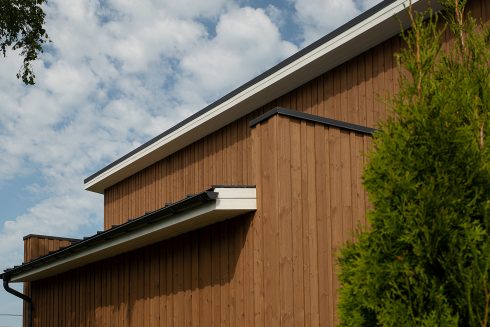
To ensure that your Thermory cladding retains its natural warm and authentic character, it’s important to apply the correct maintenance techniques. The...
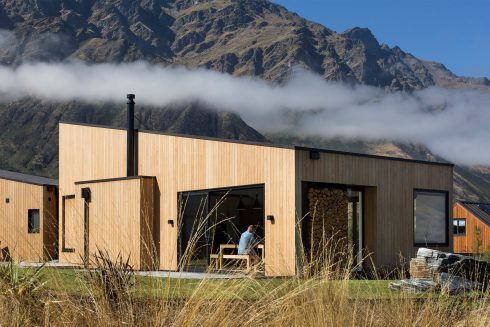
No matter where you live when you’re choosing a decking or cladding material, you’ll have to be mindful of how that material will change over time...
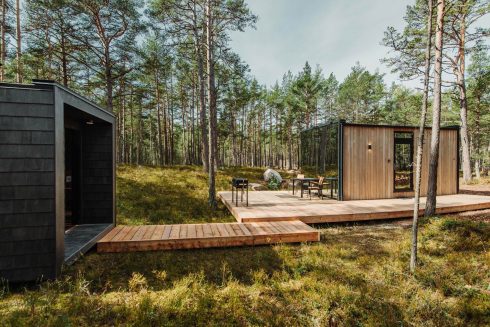
The tiny house movement has gained more momentum in the last decade, but why? It is based on tiny living: owning less so that what you own doesn’t own...

In 2022, the global megatrend of sustainable architecture and building practices will continue. Architecture trends influence the choice of materials both...
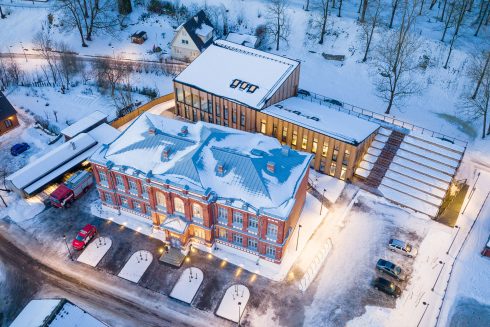
BENCHMARK THERMO-PINE CLADDING C4 20x115 / 26x 115, DECKING D4 26x115
ESTONIA
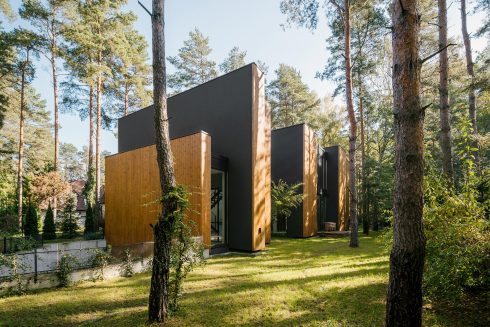
BENCHMARK THERMO-PINE
POLAND
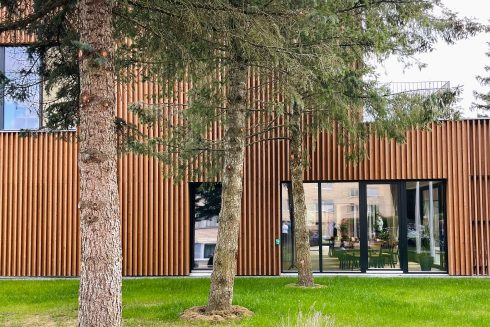
BENCHMARK THERMO-PINE
LITHUANIA

THERMORY THERMO-PINE MIX & MATCH CLADDING
NORWAY
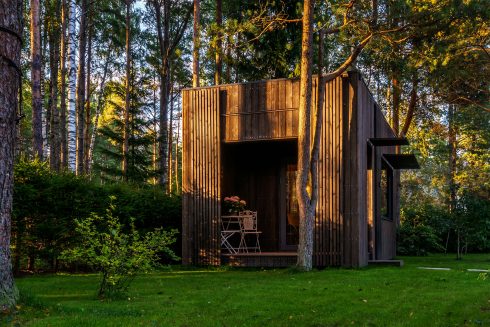
THERMORY BENCHMARK THERMO-SPRUCE BRUSHED CLADDING, THERMO-ASH DECKING AND FLOORING
ESTONIA
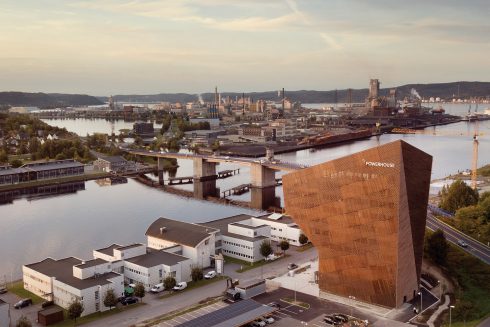
THERMORY BENCHMARK THERMO-PINE CLADDING C4
NORWAY
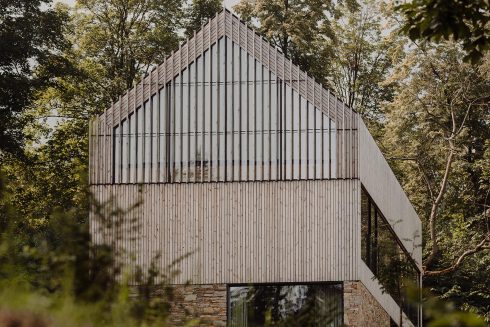
THERMORY BENCHMARK THERMO-PINE CLADDING AND ROOFING
POLAND
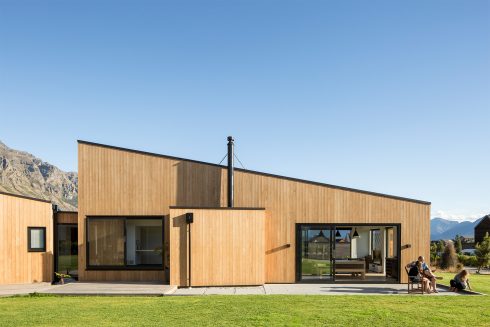
THERMORY BENCHMARK THERMO-RADIATA PINE CLADDING C3
NEW ZEALAND
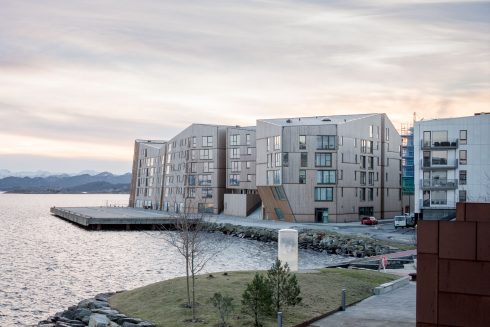
THERMORY BENCHMARK THERMO-PINE CLADDING C3 20X115 MM, ROOFING C10 20X140 MM AND DECKING D4 SG 26X140
NORWAY
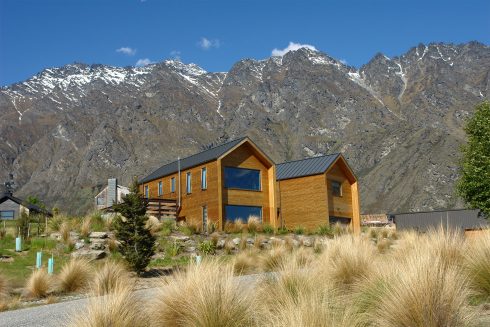
THERMORY BENCHMARK THERMO-PINE CLADDING C8 26X140 MM
NEW ZEALAND

THERMORY BENCHMARK THERMO-ASH CLADDING C5 20X72/140/190MM, BRUSHED AND THERMO-ASH MEDIUM FLOORING F5 18X245
ESTONIA